St Mary's Hospital Stroke Rehabilitation Unit
Phoenix Park, Dublin, Ireland
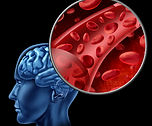
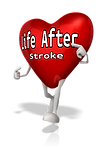
Introducing the Speech & Language Therapy Team
Meet our Team of Therapists
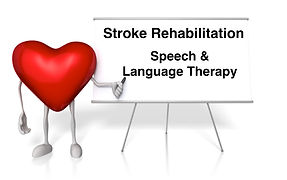

What is Speech & language Therapy (SLT)?
Speech and Language Therapists will help you if you have communication and/or swallowing difficulties after a stroke. Our aim is to help you improve your communication and /or swallowing. The overall goal is to improve your quality of life.
When you first meet your Speech and Language Therapist, an assessment will be completed. We will work with you and your family to set and reach your goals. We may work with you on your own or as part of a group. We may give you exercises to practise on your own or with your family. The number of times we see you will depend on your needs. We will also work with your family and caregivers to provide training and support.
How Do We Work With You?
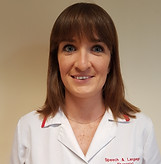
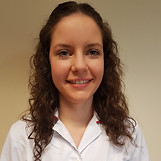

Communication
Communication difficulties are common post stroke. Communication difficulties can affect people in different ways.
A person may have difficulties with:
-
Understanding language
-
Saying the right words
-
Putting sentences together
-
Speaking clearly due to weak muscles in your mouth
-
Coordinating the muscles needed for speech
-
Reading and writing

We will assess your communication strengths and needs. This may include assessing your speech, understanding, and how you express yourself. It may take a couple of sessions to complete the assessment.
Communication Assessment
Communication Intervention
We will help you to improve your communication and/or find other ways to communicate.
This may include:
-
speech exercises
-
following instructions
-
naming and describing
-
using strategies like gesture / writing/ drawing









Swallowing Difficulties (Dysphagia)
Dysphagia is a difficulty with eating, drinking or swallowing. This is very common after a stroke. Difficulties you might notice include:
-
Coughing when you eat / drink
-
Food ‘getting stuck’ or ‘going the wrong way’
-
Food / drink spilling from your mouth
-
Problems swallowing your tablets
-
Choking


We will assess your swallow to find the safest way for you to eat and drink. We will look at the strength and movement of the muscles you use to eat and drink. We may give you food and drinks to assess your swallow. If needed, you may have an x-ray of your swallow. This is called a videofluoroscopy.
Swallowing Assessment
Swallowing Intervention
Our aim is to help you improve your swallow. Treatment may include:
-
Changing your food / drinks
-
Using special equipment
-
Using swallowing strategies
-
Changing your positioning or environment
-
Swallowing exercises



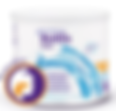



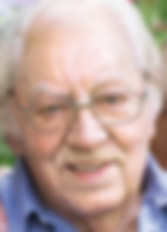
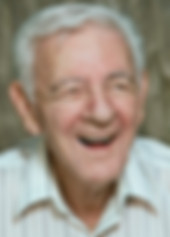
Read 2 of Our Patient Stories
These are two real life patient stories which record the journey's of both Mick and Patrick.
In February, 2015 I was transferred from the Mater to St. Mary’s hospital to continue my recovery from a recent stroke.
The stroke had destroyed my speech and I couldn’t form or understand sentences. I spent almost two months in St Mary’s which has a small dedicated stroke recovery unit and was well looked after by the doctors, nurses, carers, physios, dieticians and therapists.
While the hospital building might be old the stroke rehabilitation treatment was modern. I was given a computer for language exercises and had daily appointments with Laura, the dedicated speech and language therapist.
With great patience and expertise Laura started to get me talking, reading and writing.
By the time I left St. Mary’s I was well on my way to almost a full recovery and I’m now able to talk, read and write and to live a normal life.
Occasionally I listen back to the recording of my telling of the story of Cinderella that Laura made when I met her first in St Mary’s. It is then I realise how bad my speech had been and how far I’ve since come.
I’ll be forever grateful to Laura and the staff of St. Mary’s stroke unit.
Mick's Story

Mick's Story

I had the stroke in July 2016. I couldn’t eat. I had to have everything through my nasal tubes and then through the stomach. The swallow was a major worry for me. I was afraid that I might never be able to swallow again, or that I could choke to death. I’d only been able to eat the puree food a day or two before I moved to St Mary’s. To be able to even eat puree food which I never liked…was a tremendous relief. I was anxious and impatient to move on to something more akin to what I always ate before.
St. Mary’s was marvellous for me. They made the puréed food themselves, that made a lot of difference. I began exercises to help with the swallow, every day.
I was brought to the Speech Therapy clinic at the Mater to have x-rays of the swallowing process. The idea was to see what passed easily. There was progress. I gradually moved to getting food that was less puree and more regular, but still soft, and thickener was important.
As time went on they were using the PEG less and less. I was glad the morning I was told it could come out.
Today, I sit down to a meal that is very ordinary. I prepare the thickener with 7up myself. Even now I can’t swallow the medicines in tablet form.
To move to a little bit more solid…the taste of potatoes… for me, it was like a resurrection almost. It meant that I had my life back again and that I would be able to survive if and when I got home.
Patrick's Story

Triona Ní Fhearraigh
Aisling Ní Fhaoláin